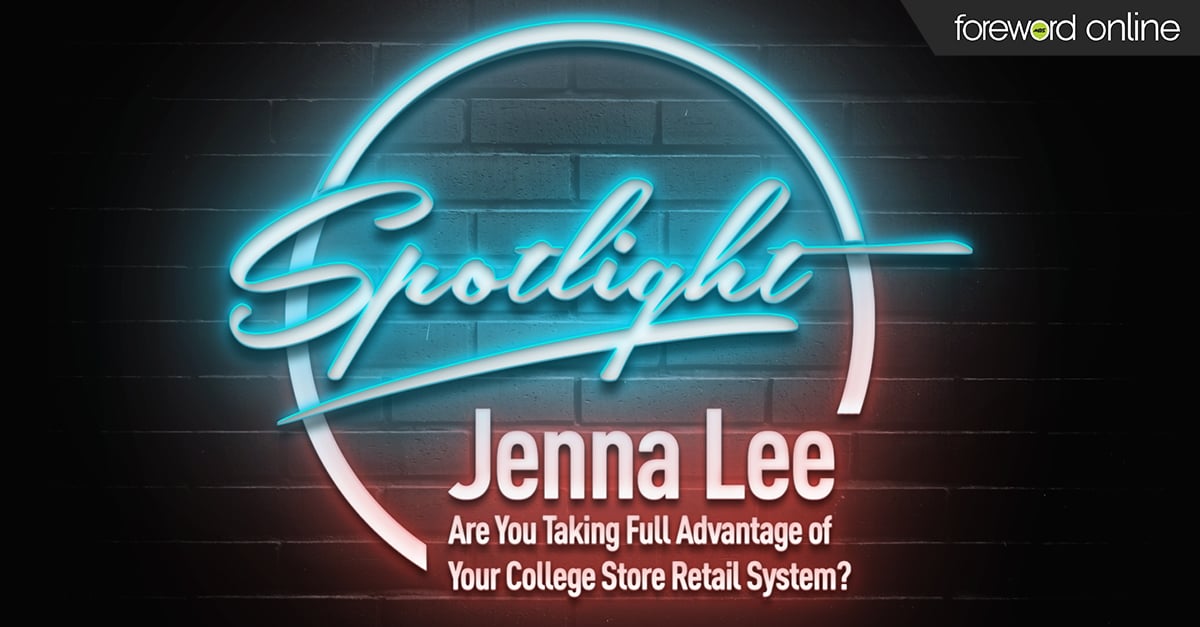Admit it: It’s an enticing thought. A visit to the grocery store completely absent of all the usual irritations: customers clogging the Express Lane with — oops! — at least 40 items. Slow-movers fumbling through self-check-out. Grim cashiers shoving your heaviest items into a single bag that splits open before you reach the car. Amazon has nixed nearly all the pain-points we associate with shopping in a single swoop with the opening of its check-out free convenience store. It might seem like another dreaded retail disruptor. But how can it not inspire a shiver of excitement?
The market responded exuberantly when the Seattle store opened to the public Jan. 22, 2018. The stock leapt above $1300 per share the same day, with investors predicting it will top $1800 within a month. Jeff Bezos’ net worth surpassed $105 billion, making him the man with the highest net worth in history.
How does it work?
Download an app and walk through the doors. There are no carts, which means the aisles remain unblocked. Instead, you load merchandise into the environmentally-friendly bag you brought along. Indecisive? No problem. Pick up a jar of olives, the cameras respond. Return it to the shelf, the technology knows not to charge your account. Have a question? Employees who would usually be preoccupied behind a counter are at the ready — and far less bored and apathetic than they would be if stuck with repetitive work behind a register. Is potential theft an issue? Nope. The technology has it covered. Walk out with a hidden mayonnaise jar, the charge shows up on your Amazon account along with the goods you didn’t aim to steal.
What’s the Impact?
There’s no doubt Amazon’s high-tech venture into brick-and-mortar is a boon for the eCommerce behemoth. But what does it mean for the little guys, those struggling to keep the ship afloat through the retail storms?
Well, if you think it won’t have a big impact immediately, you’re probably right. Amazon has yet to decide whether it will sell the technology. Nor has it announced any plans to integrate the surveillance technology into other stores it owns. That doesn’t mean the change shouldn’t motivate stores to switch up their efforts to offer customers a frictionless shopping experience. Awareness of the technology’s possibilities may increase consumers’ impatience with business-as-usual. The standard grocery store experience will feel like being stuck in traffic, while watching those in the other lane fly by at 70-miles-per-hour.
What’s more, financial experts predict Amazon will introduce the technology in its recently-acquired Whole Foods chain soon. For this reason, analyst Tom Forte predicted the company’s stock price will surpass $2,400 within five years.
“We see Amazon’s efforts at Whole Foods as iterative with the long-term goal of maximizing its grocery sales and leveraging an increased physical store presence to generate more online sales,” Forte told “U.S. News & World Report.”
In other words, he believes Whole Foods will make Amazon’s online presence even stronger. Once this technology goes nationwide, more students will arrive in college expecting similar experiences with retail. More customers will grow frustrated with traditional retail aches and pains. Demand for superb customer service will increase.
Our suggestion: Find inspiration in Amazon’s achievement. Start now with considering creative ways not just to generate foot traffic, but to offer students a seamless shopping experience from beginning to end.





